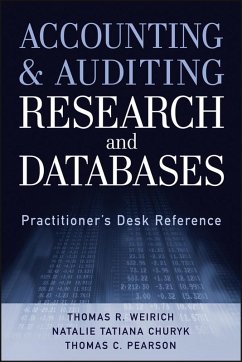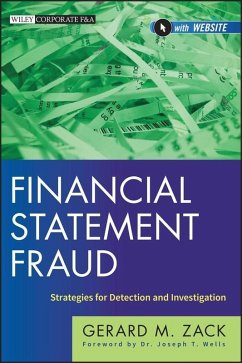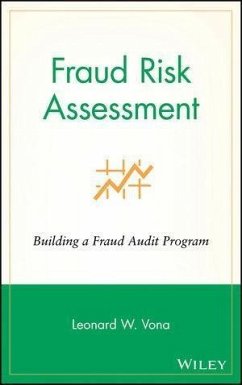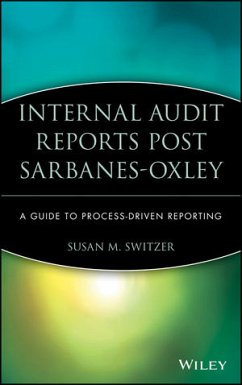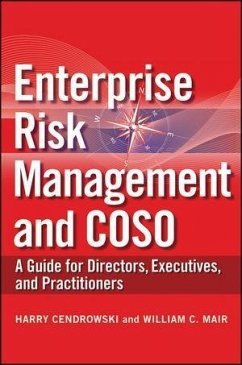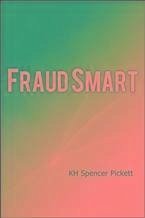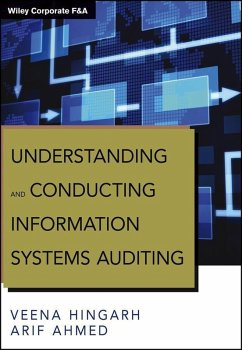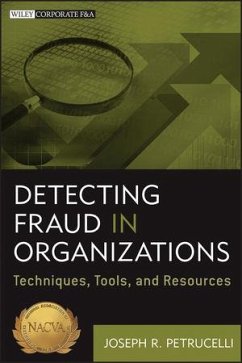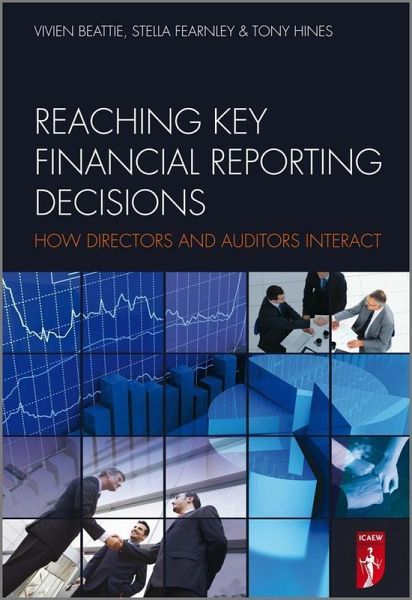
Reaching Key Financial Reporting Decisions (eBook, PDF)
How Directors and Auditors Interact
Versandkostenfrei!
Sofort per Download lieferbar
45,99 €
inkl. MwSt.
Weitere Ausgaben:

PAYBACK Punkte
0 °P sammeln!
The regulatory framework for financial reporting, auditing and governance has changed radically in recent years, as a result of problems identified from the Enron scandal and more recently from the drive to implement global standards. In a key regulatory change, a company audit committee is now expected to play a significant role in agreeing the contents of the financial statements and overseeing the activities of the auditors. Finance Directors, Audit Committee Chairs and Audit Engagement Partners are required to discuss and negotiate financial reporting and auditing issues, a significant pro...
The regulatory framework for financial reporting, auditing and governance has changed radically in recent years, as a result of problems identified from the Enron scandal and more recently from the drive to implement global standards. In a key regulatory change, a company audit committee is now expected to play a significant role in agreeing the contents of the financial statements and overseeing the activities of the auditors. Finance Directors, Audit Committee Chairs and Audit Engagement Partners are required to discuss and negotiate financial reporting and auditing issues, a significant process leading to the agreement of the published numbers and disclosures, and to the issuing of the auditor's report which accompanies them, but which is entirely unobservable by third parties. Reaching Key Financial Reporting Decisions: How Directors and Auditors Interact is a fascinating, behind-the-scenes examination of this closed process. The authors draw on the results of face to face interviews, and an extensive survey of finance directors, audit committee chairs and audit partners, and present nine company case studies highlighting the process of discussion and negotiation and the methods by which the agreed financial reporting outcome was reached. Detailed analysis of the case studies: * Allows those involved in the process to benchmark their behaviours against those of others * Enables a comparison between the previous and current regulatory environments to see what has changed, and sheds light on the sorts of behaviours the current regulatory framework encourages * Evaluates the effectiveness of the changed regulatory regime, providing evidence relevant to current policy debates concerning the value of audit, IFRS and the relative merit of rules-based versus principles-based accounting standards in relation to professional judgement and compliance The unprecedented access and unique insights offered by this book make it invaluable for audit firm staff and partners, audit committee chairs and company directors involved in agreeing the published financial statements, as well as those who have an interest in the financial statements, but do not have access to the negotiation process.
Dieser Download kann aus rechtlichen Gründen nur mit Rechnungsadresse in A, B, BG, CY, CZ, D, DK, EW, E, FIN, F, GR, HR, H, IRL, I, LT, L, LR, M, NL, PL, P, R, S, SLO, SK ausgeliefert werden.



